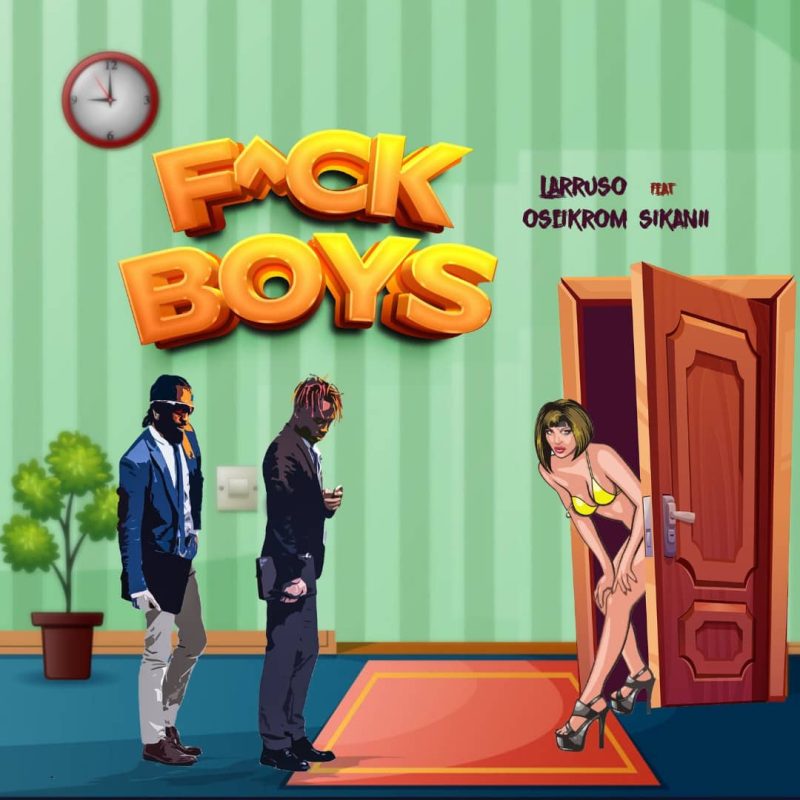Taylor Swift and Carly Rae Jepsen are ushering in the lonely girl era
Written by ABR on 24/10/2022
“Meet me at midnight.” Opening her tenth album with this teasing request, Taylor Swift the pop star finally returns. It’s been three years since Taylor released her last pop record, the infatuated, pastel-hued Lover. Not that the 32-year-old hasn’t been busy in between. After re-recording her back catalogue, the pandemic pushed her to test new musical waters. She went into the woods to collaborate with The National’s Aaron Dessner and emerged with the Grammy-winning, indie rock-coded, autofictional folklore, and sister album, evermore.
Initially announced in August, Midnights’ cover – shimmering eyeshadow and poker-straight hair – suggested a return to the shiny pop of 1989, and an accompanying text revealed that Taylor was breaking from folklore and evermore’s fictional character studies to once again write lyrics pulled from her diary entries. A “collection of music written in the middle of the night, a journey through terrors and sweet dreams”, Midnights promised to retread the singer’s history, telling “the stories of 13 sleepless nights scattered throughout [her] life.”
Across Midnights, Taylor sinks into this promised past as her long-time producer Jack Antonoff floods the record with moody synths. In her previous albums, Taylor has wrestled to gain control of her own narrative, spinning heartache into songwriting gold. On Midnights, she’s less reactionary, more reflective. “I guess sometimes we all get / Some kind of haunted,” she admits on “Midnight Rain”, while a demonic, distorted vocal interjects: “He wanted it comfortable, I wanted that pain”. A diverse array of night terrors keeps her tossing and turning: she’s abandoned in the basement of a lover’s heart, anxious about becoming a bride boxed into “that 1950s shit” and even being murdered by a hypothetical daughter-in-law.
Released on the same day as Midnights, The Loneliest Time, the sixth album from Carly Rae Jepsen – a pop star who wields her heartache, occasionally literally, like a weapon – is also inspired by sleepless solitude. “I’m quite fascinated by loneliness,” she stated in her album announcement. “It can be really beautiful when you turn it over and look at it.” Once dismissed as a one-hit wonder for “Call Me Maybe”, Carly has built a steadfast career on crystallising too-big feelings into pop songs that threaten to burst at the seams. Love is her greatest muse and, across songs like “Cut To The Feeling”, “I Really Like You” and “Run Away With Me”, her yearning is released in anguished disco-pop choruses.
Subscribe to i-D NEWSFLASH. A weekly newsletter delivered to your inbox on Fridays.
Across The Loneliest Time, Carly flips love’s bright coin over to find her own desolate heart. Like Taylor, she’s in her insomnia era and, on the title track, paces her room after “one of those bad dreams”, desperate to escape the lonely night and run into the arms of a lover. On the shimmering, sultry “Surrender My Heart”, the singer confesses to seeing someone new: a therapist who tells her to “soften up” after she admits to leaving behind a trail of “broken hearts / that I broke before they broke me”. Painful dating app escapades are skewered for fun on the withering “Beach House”, while the soft ballad “Go Find Yourself Or Whatever” is heartbreaking in the singer’s resignation to “wake up alone”.
The Loneliest Hour was written during lockdown, a period of intense seclusion for Carly who was stuck in her Californian home after the loss of her grandmother. On previous albums, she hungered after the high of love, but on The Loneliest Hour, she counts the cost of a decade-long career chasing after crushes. “Here’s a jar of tears I cried,” she sings on the slinky “Bends”, “‘cause I can feel the darkness sometimes too.” Loneliness is an intensely insular sensation – not only the result of being physically distanced, but also of missing close intimacy. The loneliest place can also be the most crowded, and the singer takes a classic crying-in-the-club pop approach to her inner turmoil, pairing lyrical devastation with floor-filling bangers.
It’s most likely a coincidence that The Loneliest Time and Midnights were released on the same day, but it’s notable that two of this year’s biggest pop albums are drawing from the well of loneliness for inspiration. Both records are the latest in the recent canon of female pop stars embracing despair and dejection, from the teen angst of Olivia Rodrigo and the cool detachment of Lorde, to Rina Sawayama’s anxious “minor feelings” and Billie Eilish’s precocious world-weariness. Post-pandemic social isolation still reverberates through pop music, but loneliness has always provided ripe material for artists. In her book The Lonely City, Olivia Laing describes the sensation as an “uneasy combination of separation and exposure” and it’s easy to see why women in pop who are held up to daily scrutiny would want to explore the isolation that comes from propping up a public image.
Taylor Swift in particular has built an 18-year-long career on crafting personas for distinct musical “eras” – reinvention necessary to keep her interesting as she wryly notes in her documentary Miss Americana. Midnights refuses this all-consuming reinvention, instead reflecting on the person behind her public masks. On “You’re On Your Own, Kid”, she nods to her eating disorder and the loneliness of her cool girl 1989 era – “I hosted parties and starved my body” – while musically she references previous albums: “Vigilante Shit” and “Bejewelled” build from Reputation’s “I Did Something Bad” and “Gorgeous”, while “Question…?” samples “Out of the Woods”.
Carly Rae Jepsen meanwhile, recently called loneliness “a similar thing to love” in that it is “felt everywhere by everyone at different moments in their life”. She is right of course – a lonely heart is universal and the history of pop music attests to this fact – but loneliness is as political as it is individual. We are living through a time of severe separation and exposure: in a cost-of-living crisis when many people cannot afford to spend time together, yet social media makes us raw to each other’s innermost thoughts. The Campaign to End Loneliness calls loneliness “one of the biggest health concerns we face”, with one in three young people saying that feelings of isolation impact them every day. Loneliness is also structural in an unjust society, impacting marginalised communities hardest.
As we hurtle towards a desolate winter of rising costs that will punish the most vulnerable, millionaire pop stars bemoaning the loneliness that comes from being millionaire pop stars feels like a distraction from the more mundane, less sexy, yet ever-rising loneliness crisis. But perhaps it’s a comforting distraction. Upon release, Midnights broke Spotify streaming records, and Taylor’s turbulent late nights are clearly connecting with people. After all, who hasn’t lain in bed staring at the ceiling and projecting past grievances on blank spaces? And both albums have brought people together. It’s been heartening to see legions of fans come together to parse, savour and celebrate Midnights and The Loneliest Time, finally new music from two beloved artists.
Music and fandom builds community, and pop has been a powerful force for uniting people from all walks of life with its rallying, catchy choruses and big, unbearable feelings. On the titular closing song to The Loneliest Time, Carly finally welcomes in the dawn as she and her duet partner Rufus Wainwright look to the west where “sun hits the water” and ask “is this nirvana?” After long nights holding vigils for her emotions, her solitude finally disperses in the sunlight. It might be a fleeting reprise from loneliness, but still, for a moment she’s no longer singing alone — and it’s bliss.



 ABR Group
ABR Group